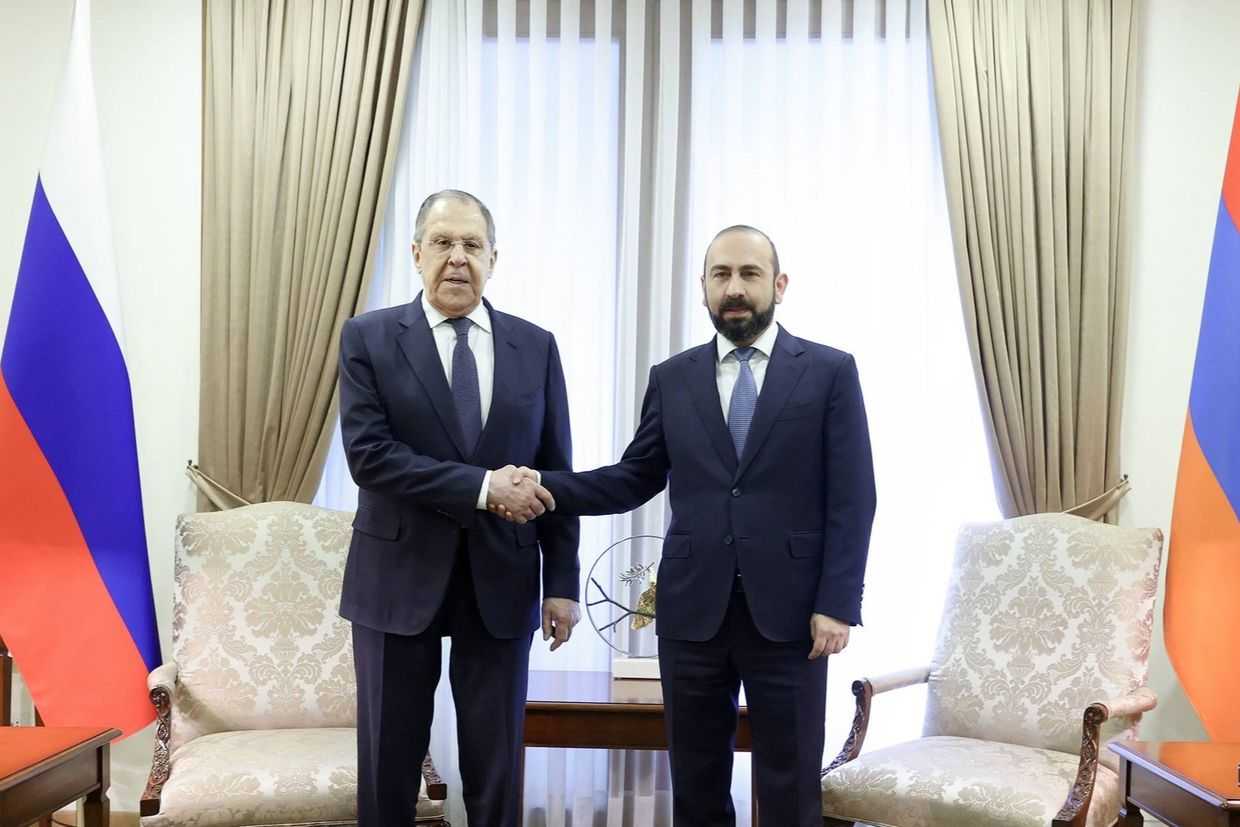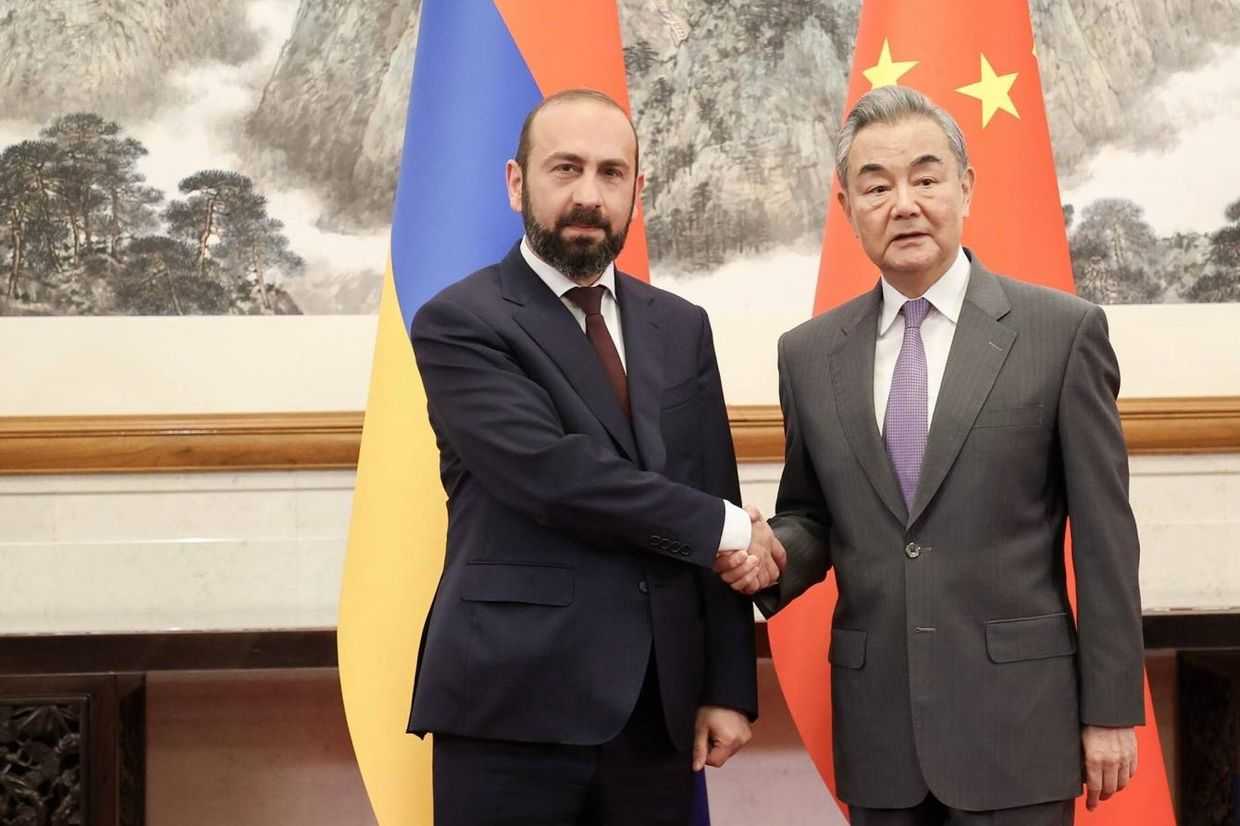
Armenian Prime Minister Nikol Pashinyan has resurrected the idea of reverting Armenia to a semi-presidential republic. But what would that mean, and could it lead to a way out of the country’s present political crisis?
In recent speeches, Pashinyan often referred to the necessity of constitutional changes. On 24 March, stated that the question of making ‘amendments to the Constitution was and is on the ruling party’s agenda’ and on 1 March, he called for a referendum to fix what ‘deficiencies’ of Armenia’s current Constitution. At that rally, Pashinyan also floated the possibility of reverting the country to a ‘semi-presidential’ form of government.
Armenia’s transition to a parliamentary system is recent and was decided by a country-wide referendum in 2015. The changes, which only fully started coming into force in 2018, allowed then-president Serzh Sargsyan to remain in power by becoming the Prime Minister after reaching the legally mandated end of his presidential tenure.
He did not get to rule under the constitution he had helped design. Within weeks of becoming Prime Minister in the spring of 2018, he was swept from power by mass protests and a campaign of civil disobedience. Instead, the new constitutional order was inherited by Nikol Pashinyan, the leader of what came to be down as the ‘Velvet Revolution’.
Under the new system, the presidency was devolved to a largely symbolic organ, while the parliament and, in particular, the office of Prime Minister was empowered.
In the December 2018 national elections, buoyed by a swell of post-revolutionary popularity Pashinyan’s My Step faction received around 70% of the votes, taking an 88 out of 132 seats in parliament, an absolute majority.
Two other parties also made it in, Prosperous Armenia Party with 26 seats and Bright Armenia with 18 seats, too few to challenge Pashinyan’s faction. With its majority, My Step is capable of passing any bill or suspending any parliamentary discussion without consultation with the opposition — as for example, it did recently when it cancelled a planned parliamentary discussion on the lifting of martial law in early March (martial law has since been lifted).
A referendum to make constitutional changes was in the works before the Second Nagorno-Karabakh War and COVID-19 pandemic. It was aimed at reforming the judicial and electoral systems — in particular, the judiciary, which has been at loggerheads with Pashinyan since he came to power in 2018. At the time, government officials denied that they sought to shift Armenia away from a parliamentary republic.
Which system best suits Armenia?
Armenia’s first post-independence constitution, adopted in 1995, established a semi-presidential system in the country, which should have, in theory, split power between the President and the Prime Minister. In practice, however, both legislative and executive power was almost entirely dependent on the president.
The president not only had the power to both introduce and veto bills in the legislature. He could appoint the Prime Minister, and could also suspend parliament and call new elections.
When Pashinyan announced his desire for a constitutional referendum, he was not specific on the contours of the system he thought should replace it, though he floated the idea of a return to the semi-presidential system.
‘In October, we need to start the process of adopting a new constitution or making changes to the constitution’, he said at a rally on 1 March. ‘A transition scenario to a semi-presidential system is also possible.’
Pashinyan had previously called the semi-presidential system a ‘failed’ and ‘irresponsible’ form of government.
‘We must not have anything “semi”; we must have a complete parliamentary system or a complete presidential system of government’, he said in late January of 2020, adding that a semi-presidential system allows a president to dodge responsibility by blaming the Prime Minister.
Richard Giragosian, a political analyst and the director of the Regional Studies Center, an Armenia-based think tank, said that public disappointment with the transformation to a parliamentary system is understandable because that was ‘both premature and without precedent’.
‘But the lack of direct and systemic change is a deeper problem,’ Giragosian told OC Media and added that the return to a semi-presidential system will not offer ‘any logical avenue that can address the deeper deficiencies of the political system’ in Armenia. Instead, Giragosian said, the country needs to build durable institutions, regardless of the constitutional form of its democracy.
‘Governance since 2018 has been marked by a trend of over-centralisation of power, authority and responsibility in the position and the person of Prime Minister, with little or no sharing of responsibility or accountability with other state institutions’, he said.
Political analyst Eric Hacopian told OC Media that there is nothing intrinsically wrong with the parliamentary system for Armenia. ‘The parliamentary system could have been an optimal choice for Armenia if we had a normal party system and not just the personalised political system we have now’, he said adding that problems of governance will continue to persist until a ‘mature political system’ is built, in which ‘loyalties are to parties and ideologies, and not individuals’.






